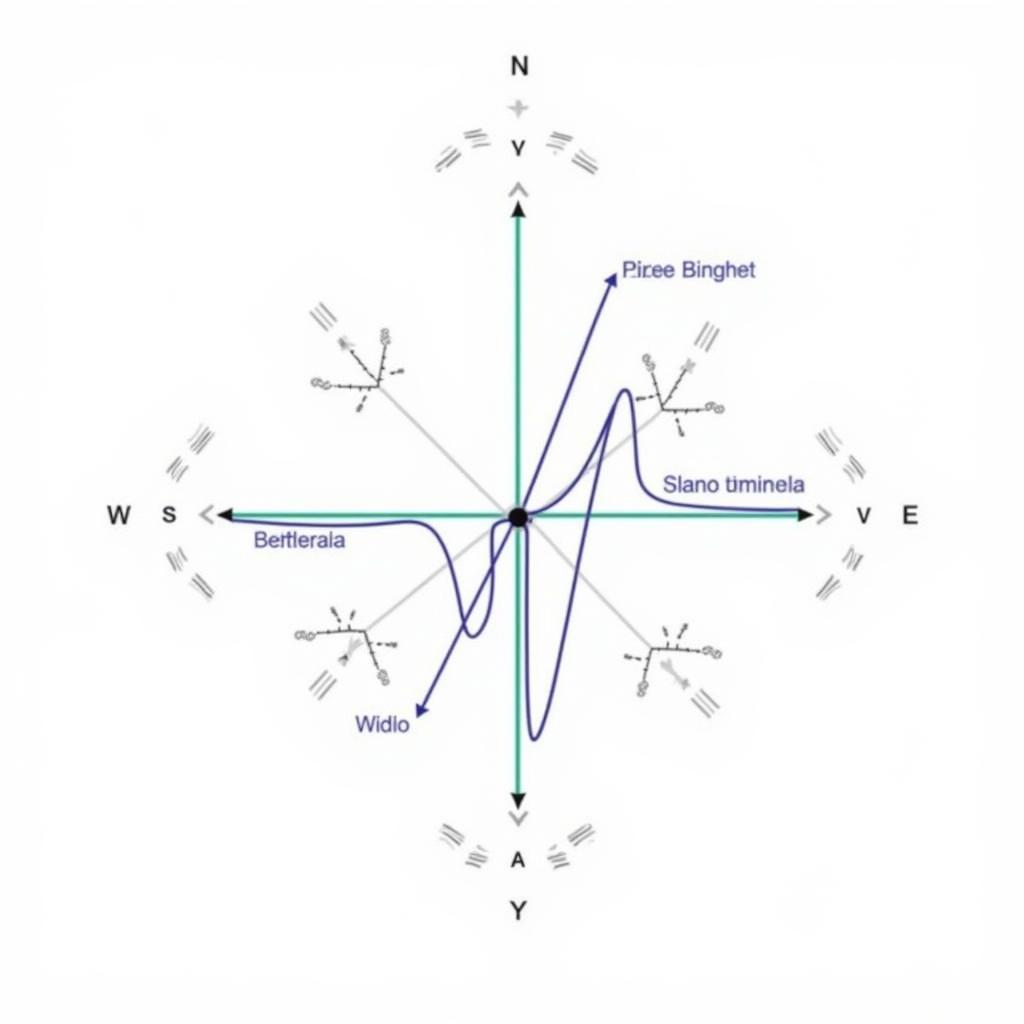Amplified spontaneous emission (ASE) is a critical phenomenon in optical amplifiers, playing a significant role in various applications, including telecommunications and laser technology. This article delves into the intricacies of ASE, exploring its principles, characteristics, and implications in optical systems.
What is Amplified Spontaneous Emission (ASE)?
At its core, ASE is a process where light amplification in a gain medium occurs spontaneously, even without an external seed signal. This spontaneous emission is amplified as it travels through the gain medium, leading to a broadband noise signal. Unlike stimulated emission, the basis for laser operation, ASE is random in nature and lacks coherence.
Imagine a group of excited atoms in a gain medium. These excited atoms can spontaneously return to their ground state by emitting photons, even in the absence of an external trigger. These emitted photons can then interact with other excited atoms, stimulating them to release more photons of the same wavelength. This cascading effect leads to the amplification of the initially spontaneous emission, resulting in ASE.
Characteristics of ASE
ASE possesses distinct characteristics that differentiate it from stimulated emission:
- Broadband Spectrum: Unlike stimulated emission, which results in a narrow linewidth output, ASE exhibits a broad spectral bandwidth. This broadband nature stems from the random nature of spontaneous emission events occurring across a range of wavelengths within the gain medium.
- Incoherence: ASE lacks the temporal and spatial coherence of stimulated emission. The emitted photons have random phases and directions, resulting in an incoherent output signal.
- Noise Source: In optical systems, ASE is considered a noise source as it contributes to the overall noise floor. This noise can degrade the signal-to-noise ratio (SNR) of optical signals, especially in long-haul transmission systems and high-gain amplifiers.
ASE in Optical Amplifiers
Optical amplifiers, essential components in modern optical communication systems, utilize stimulated emission to amplify optical signals. However, ASE is an inherent byproduct of this amplification process.
Within an optical amplifier, such as an Erbium-doped Fiber Amplifier (EDFA), the pump laser excites ions in the gain medium to a higher energy level. When a signal photon interacts with an excited ion, it stimulates the emission of a second photon, amplifying the signal. However, excited ions can also spontaneously return to the ground state, emitting photons randomly in all directions. These spontaneously emitted photons undergo amplification as they travel through the gain medium, contributing to ASE noise.
Impact of ASE on Optical Systems
While ASE is an inherent aspect of optical amplification, excessive ASE can negatively impact optical systems:
- Reduced Signal-to-Noise Ratio (SNR): ASE noise adds to the overall noise floor of the system, reducing the SNR. This degradation becomes particularly pronounced in long-haul transmission systems where the amplified signal traverses significant distances.
- Gain Saturation: ASE can deplete the available gain in an amplifier, leading to gain saturation. This saturation reduces the amplifier’s efficiency and limits its ability to amplify the desired signal effectively.
- Crosstalk in WDM Systems: In Wavelength Division Multiplexing (WDM) systems, where multiple optical signals at different wavelengths are transmitted simultaneously, ASE can cause crosstalk between channels. This crosstalk arises from the overlap of ASE spectra from different channels, leading to interference.
 Impact of ASE on WDM System
Impact of ASE on WDM System
Mitigation Techniques
Several techniques can help mitigate the detrimental effects of ASE in optical systems:
- Optical Filtering: Using optical filters, such as ASE strain filter, can selectively attenuate ASE noise while allowing the desired signal to pass through. These filters are designed with specific passbands to match the signal wavelength while rejecting out-of-band ASE noise.
- Optimal Amplifier Design: Careful design considerations for optical amplifiers, including the choice of gain medium, pump power, and amplifier length, can help minimize ASE generation and optimize amplifier performance.
- Forward Error Correction (FEC): Implementing FEC techniques in optical communication systems can help compensate for the signal degradation caused by ASE noise. FEC adds redundant bits to the transmitted data, allowing the receiver to detect and correct errors introduced during transmission.
Conclusion
Amplified spontaneous emission (ASE) is an inherent phenomenon in optical amplifiers, arising from the spontaneous emission and subsequent amplification of photons within the gain medium. While ASE is unavoidable, understanding its characteristics and impact on optical systems is crucial for designing and optimizing optical communication links and other applications reliant on optical amplification. By employing appropriate mitigation techniques, engineers can effectively manage ASE noise and ensure the reliable operation of optical systems.
Frequently Asked Questions (FAQ)
1. What is the primary difference between ASE and stimulated emission?
ASE occurs spontaneously, while stimulated emission requires an external trigger photon.
2. How does ASE affect the performance of an optical amplifier?
ASE contributes to noise, reduces SNR, and can lead to gain saturation in optical amplifiers.
3. What are some common techniques to minimize ASE in optical systems?
Optical filtering, optimized amplifier design, and forward error correction are commonly used to mitigate ASE.
4. Why is ASE a concern in long-haul optical communication systems?
ASE accumulates over long distances, significantly degrading the signal quality in long-haul transmissions.
5. How does ASE impact Wavelength Division Multiplexing (WDM) systems?
ASE can cause crosstalk between different wavelength channels in WDM systems, leading to interference.
Need further assistance? Contact us at Phone Number: 0369020373, Email: [email protected]. You can also visit us at our address: Thon Ngoc Lien, Hiep Hoa, Bac Giang, Vietnam. Our dedicated customer support team is available 24/7 to assist you.